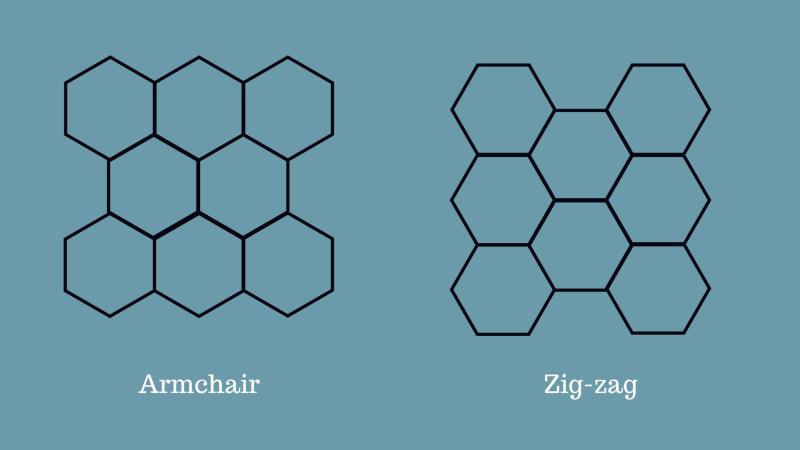
In a first-of-its-kind study, researchers from the Indian Institute of Science (IISc), in collaboration with the University of Alabama, have experimentally demonstrated a novel phenomenon of graphene that can make it behave like an insulator and a conductor simultaneously.This study surely excites material scientists and graphene could make its way into the next generation of electronic devices.
Graphene is a form of carbon, just like diamond and graphite. It is made of a honeycomb shaped sheet of single layer of carbon atoms. Because of its remarkable electrical (conducts 30% better than copper), and mechanical (the strongest material ever tested) properties, graphene is now a sought-after material by engineers and material scientists. Scientists are still discovering other interesting facets of this ‘wonder material’ and this study is a testimony to that.
In their study, Mr. Amogh Kinikar and his team have demonstrated ‘edge mode transport’ in graphene, where electrons flow only along the edges of a graphene, and not on its surface. “In our work, we show an example of a class of materials in which the current flows only along the edges. It acts as an insulator with a metallic coating, conducting electricity only along the edges”, remarks Mr. Kinikar.
So, what makes a material an insulator or conductor? When an electric field is applied on a conductor, the outer electrons in the atoms of the conductor move, and this flow of electrons results in electricity. In insulators, these electrons are bound tightly to the atomic nucleus, and require a very large electric field to start moving.
Mr. Kinikar explains this phenomenon of insulators with an analogy. “Imagine a hot air balloon stuck in a valley of a mountainous region. To get the balloon moving, we need to increase the burners in the balloon. Most insulators are like these mountainous regions”, he says. But how about a region like the Western Ghats -- with mountains on the one side and the vast sea on the other? Here, if the balloon is along the edge of the mountains, it can slide easily towards the coast with a little help from the burners, and keep flying. That is what happens with graphene.
However, in graphene, if you increased the electric field just a little bit, the electrons can move in from the edges, towards the center -- a problem that the researchers faced. “We wanted the electrons to just flow along the edges, but they also flowed through the middle. The obvious solution, therefore, is to increase the height of the mountains. That is quite easy to do in materials, we just have to make them narrower”, says Mr. Kinikar.
Building a narrow channel in a sheet of graphene can result in two types of edges due to the hexagonal arrangement of carbon atoms -- ‘zigzag’ and ‘armchair’ -- with the former being the prefered one for edge conduction. Using conventional etching techniques to build a narrow channel results in an edge that is a combination of both zigzag and armchair. The researchers overcame this by mechanically tearing a piece of graphene from a piece of graphite, which gave them the desired edge. Once they had the narrow channel and the desired zigzag edge, the researchers could finally demonstrate ‘edge mode transport’ in graphene, for the first time.
This study, being the first to experimentally demonstrate such an ‘edge mode transport’, opens new avenues of research into the behaviour and applications of this property of graphene . “The most well-understood materials are those in which more electrons move if you apply a larger electric field. These are called Ohmic materials because they obey Ohm’s law; that the current across the resistor is proportional to the voltage applied. Both superconductors and insulators break Ohm’s law. For the last century, every time a class of material was found to not obey Ohm’s law, new physics has been discovered” signs off Mr. Kinikar.






